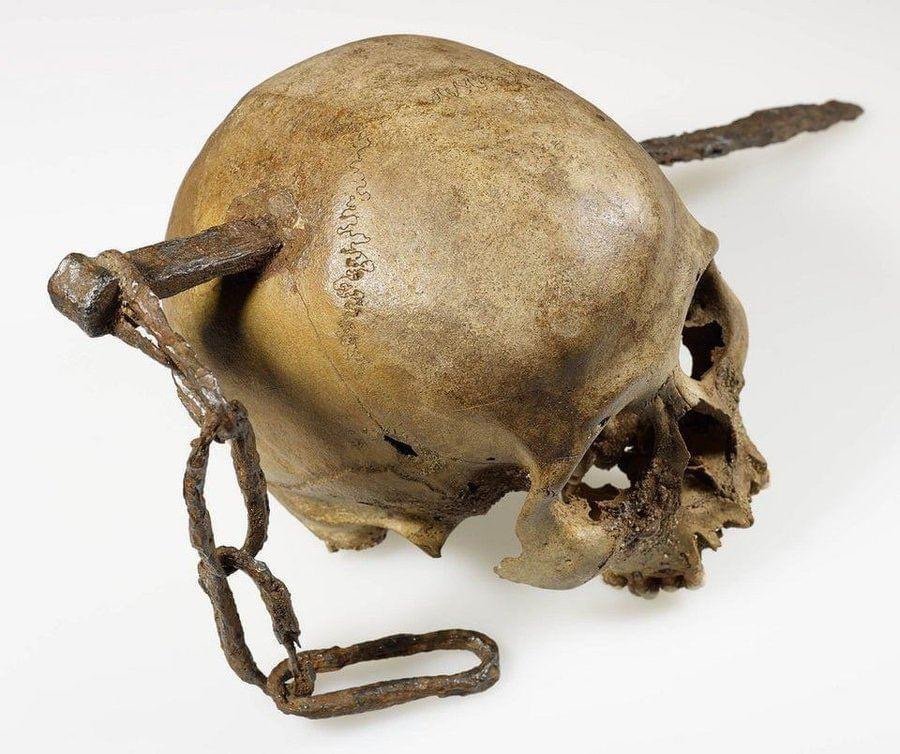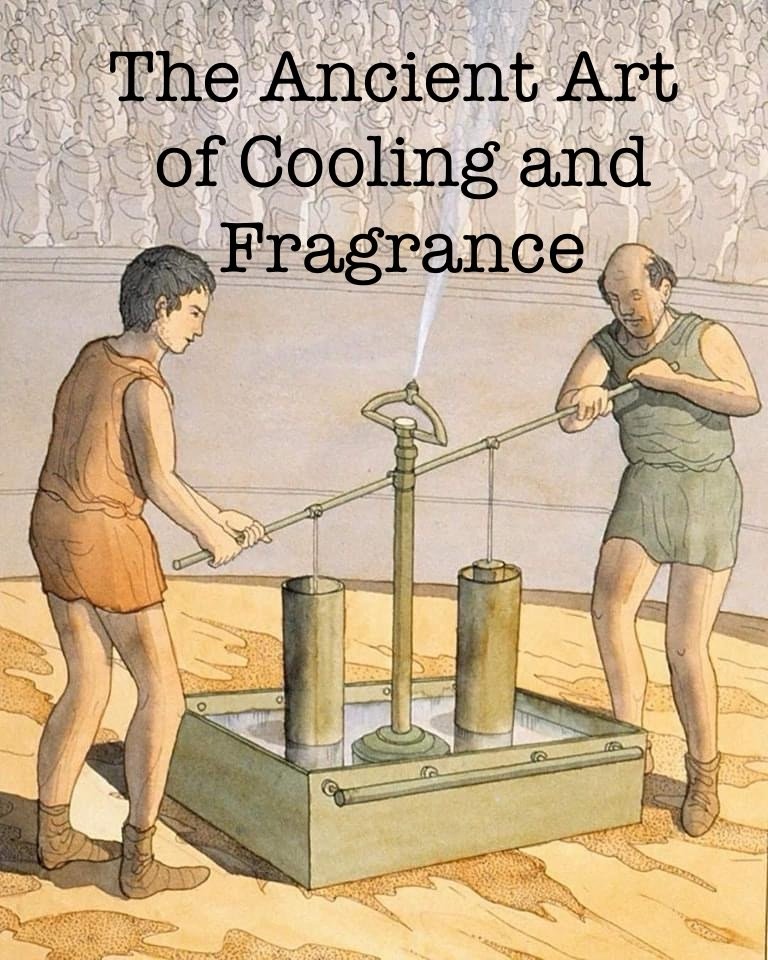In the quiet corridors of the Rheinischen Landesmuseum in Bonn, Germany, lies a chilling relic of the Roman era: a human skull impaled on a large spike. This macabre artifact offers a glimpse into the brutal practices of ancient times and poses as many questions as it answers.

The Discovery
The skull was discovered during an excavation, startling archaeologists with its violent presentation. It immediately raised questions about the circumstances surrounding this individual’s death and the subsequent impalement.
Possible Theories
Several theories have emerged about the skull’s history. One suggests it could be a victim of a Roman execution, a stark warning to others of the consequences of crime or dissent. Another theory speculates that it might have been a defeated enemy combatant, displayed as a trophy to showcase Roman military might.
The Significance
The impaled skull is more than just a gruesome find; it’s a testament to the Roman Empire’s complex societal and legal structures. It provides evidence of the harsh penalties that could be imposed and the public nature of such punishments.
The Exhibition
Today, the skull is on display, protected within the museum’s walls, offering visitors a direct and unsettling connection to the past. It serves as a reminder of the human stories behind historical artifacts and the often-violent nature of human history.
The Roman skull on a spike at the Rheinischen Landesmuseum is a powerful piece of ancient archaeology that continues to fascinate and horrify. It compels us to consider the lives of those who came before us and the stories etched into every bone and artifact they left behind.

Unearthing the Past: A Grisly Roman Relic Tells a Tale of Ancient Justice
In the hushed galleries of the Rheinischen Landesmuseum in Bonn, Germany, visitors encounter a haunting vestige of Roman antiquity: a human skull, cruelly pierced by a hefty iron spike. This eerie exhibit beckons onlookers into a bygone era, revealing the stark realities of life—and death—in ancient Rome.
The Startling Discovery: Unveiling a Window into Roman Brutality
The skull’s unearthing was a startling moment for archaeologists, who were confronted with the stark evidence of a violent act. The skull, impaled so deliberately, immediately became a canvas for speculation and scholarly debate, painting a picture of the Roman world that was as complex as it was cruel.
Theories Amidst the Silence: Deciphering the Skull’s Dark Origins
As scholars pore over the evidence, several theories have emerged to explain the skull’s grim fate. One prevailing theory posits that the skull belonged to a criminal, subjected to a brutal form of capital punishment. This theory is bolstered by historical records of Roman law and order, which were notoriously stringent.
Another hypothesis suggests that the remains might belong to a vanquished gladiator, his head mounted as a grim trophy to underscore the might of Roman warriors and the futility of resistance. This theory speaks to the Roman practice of displaying power and instilling fear through public displays of dominance.

A Symbol of Power: The Skull as a Testament to Roman Order
The impaled skull is a stark reminder of the Roman Empire’s intricate social and judicial hierarchies. It stands as a silent witness to the severe repercussions that awaited those who dared to defy the empire’s stringent codes.
The Skull’s New Home: From Earth to Exhibition
Now resting within the museum’s protective embrace, the skull serves as a tangible, albeit unsettling, link to our ancestors. It invites museum-goers to reflect on the narratives woven into the remnants of ancient civilizations and the often-violent chapters of human history.
The Enduring Legacy of Rome’s Iron Hand
The Roman skull impaled on a spike is a poignant archaeological treasure that continues to captivate and appall those who gaze upon it. It is a stark reminder of the enduring legacy of the Roman Empire and its impact on the course of human history. As it stands on display, it challenges us to ponder the lives of those who walked the earth before us and to uncover the stories that are etched into the very bones they left behind.
As an Amazon Associate we earn from qualifying purchases through some links in our articles.




